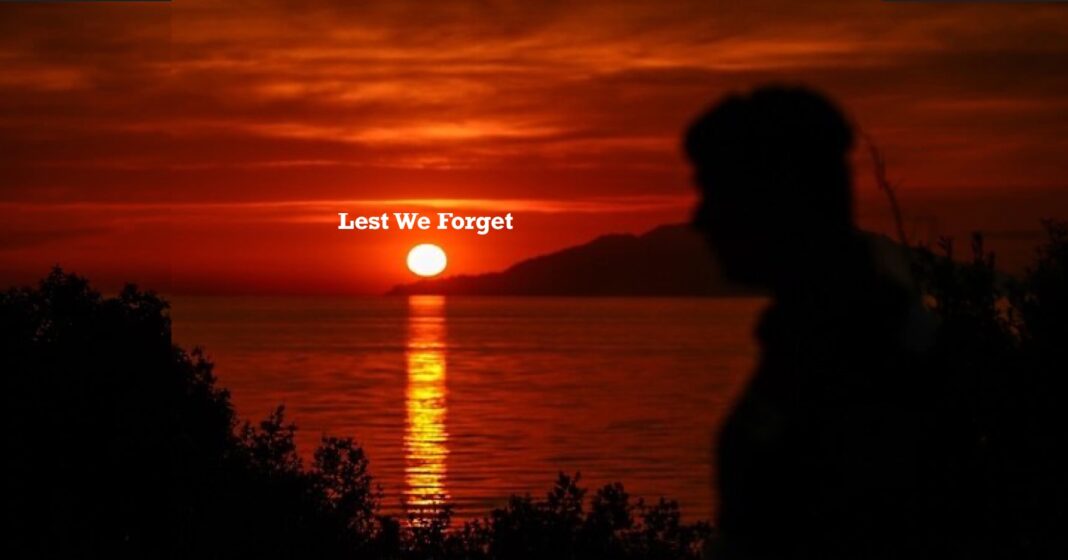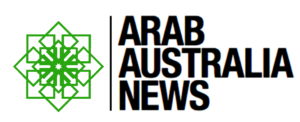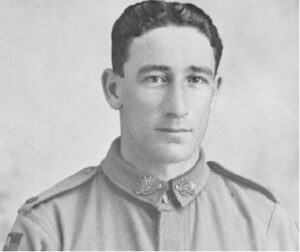
“They shall grow not old, as we that are left grow old;
Age shall not weary them, nor the years condemn.
At the going down of the sun and in the morning
We will remember them.”
It is known that many Australians with a Lebanese background served within the defence force, but what might be only narrowly known is that a Lebanese digger marched in the first ever Anzac parade with a Lebanese flag his mother knitted for him.
Dr. Youssef Tawk is a historian and member of the Australian Lebanese Historical Society (ALHS). He told SBS Arabic24 “a digger of Lebanese heritage took part in the ANZAC parade in Sydney in 1922, holding a Lebanese flag knitted by his mother.”
Research conducted by the Australia-based-Lebanese Historical Society shows that 25 more soldiers fought within the Australian forces during World War I.
Diggers of Lebanese heritage fought on many fronts during WWI. They were part of the then Australian troops in the Western Front, in France, in the Middle East, and in Gallipoli.
ALHS lists, on its website, the names of those diggers of Lebanese background along with details of when they enlisted as soldiers.
Dr Tawk says that early Lebanese settlers joined the Australian army as early as 1914. They were not only listed within the ground troops, but soldiers like Private Edward Shalala were part of the flying corps.
That’s why “quite a few Lebanese actually enlisted to fight in the Australian expeditionary force,” Dr. Tawk explains.
Australian Lebanese Historical Society of Victoria records show that during the time of the World War I the first Lebanese settlers represented only a “small group” within a predominantly Anglo-Celtic community in Australia.
The first Lebanese settlers lived in Sydney and Melbourne and represented the first wave of migration that extends from around 1880 to the 1920s.
In view to the relatively small numbers of Lebanese Australian soldiers at the time, the sacrifice they made was “great.”
Some of those soldiers were killed in action.
Dr. Tawk says two soldiers died while fighting alongside Australian forces in World War I.
Elias Keeami, an Australian soldier of Lebanese heritage, was killed in Western Front action and another Lebanese digger, Vincent Mahboob, was also killed during the war.
Australian soldiers with Lebanese background did not only serve or die in these battles, but many were also wounded or fell into captivity.
During the 1920s, Anzac Day became established as a National Day of Commemoration in Australia.
It is noted that Lebanese diggers took part in the ANZAC Day parade as early as 1922.
So even in the first Anzac Parade, Dr. Tawk says, “there was a Lebanese presence, and that’s the contribution, the Lebanese made towards the Anzac tradition.”
Audio PlayerSource:”SBS Language Australia’s unknown Lebanese diggers at Gallipo”.










